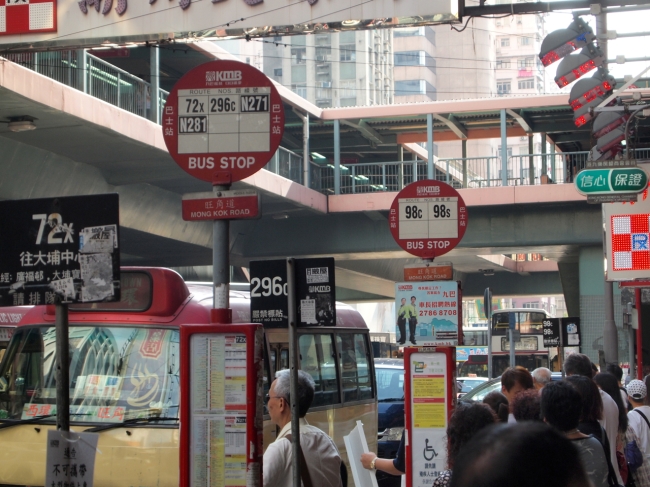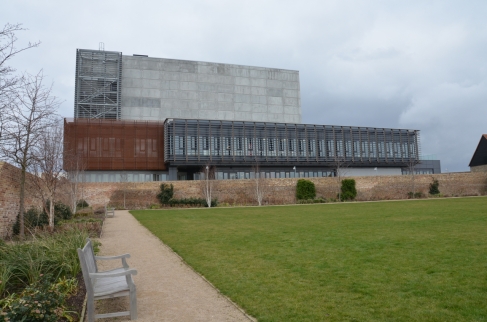
Back in 2008 when I was still working for DEGW, we have been asked to look at designing a new Skills Academy building in Purfleet, Thurrock for the Learning and Skills Council.
The purpose of the building is for students to acquire the necessary skills for the theatre / performance industry, as at present, the only way you can get into the industry is to do apprenticeship, but it is notoriously difficult to get a job as theatres / production companies want to employ people with experience, but you can’t get experience unless you have a job – the Catch 22 situation.
The building consist on a big steel box as the main performance space, sitting at the back close to the Channel Tunnel railway, with offices, classrooms and spill out space locating on the first floor, cantilevered out from the ground floor that looks like a slots floating above the south facing walled garden in the foreground.
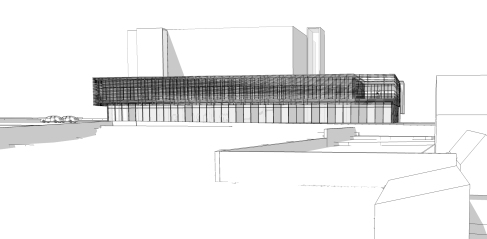
an early concept 3D perspective
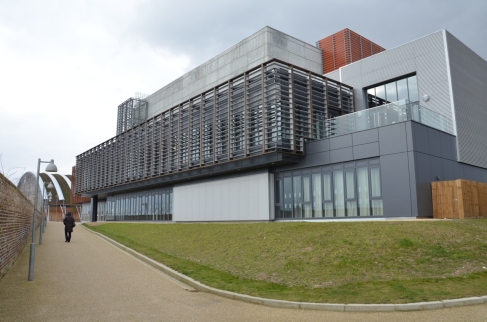

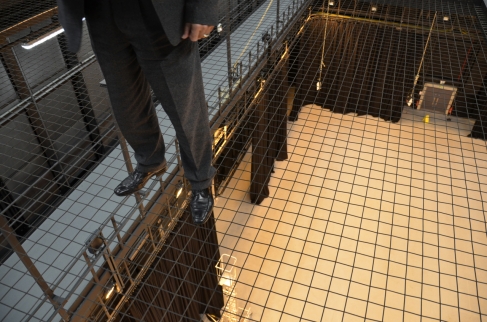
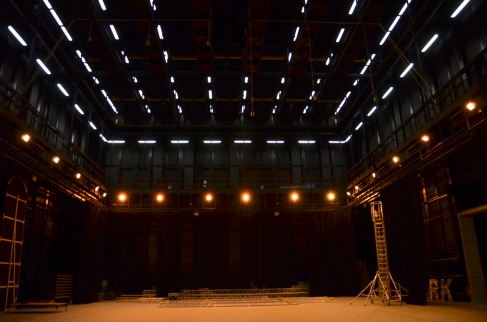
Obviously, with the world financial crisis, the project was put on hold, but we managed to get a broad agreement with the Planners from Thurrock Council before finishing the RIBA Stage C/D report.
Our client subsequently use our plans and worked with Gibberd and Kier, under a D&B contract to procure the building. It finally opened its door in October 2012 and the head of operation of the building, our main point of contact has kindly agreed to show the old DEGW design team the finished building.
Having walked around the building, we all feel a sense of pride as the finish building is pretty close to the design that we spent weeks debating within the office, including the brise soleil shading system to counter a south facing façade, the performance space with multi-levels access, the informal meeting space on the first floor.
While we architects are suffering in the current economic climate, this is a good reminder why I do what I am doing and becoming an architect in the first place.


